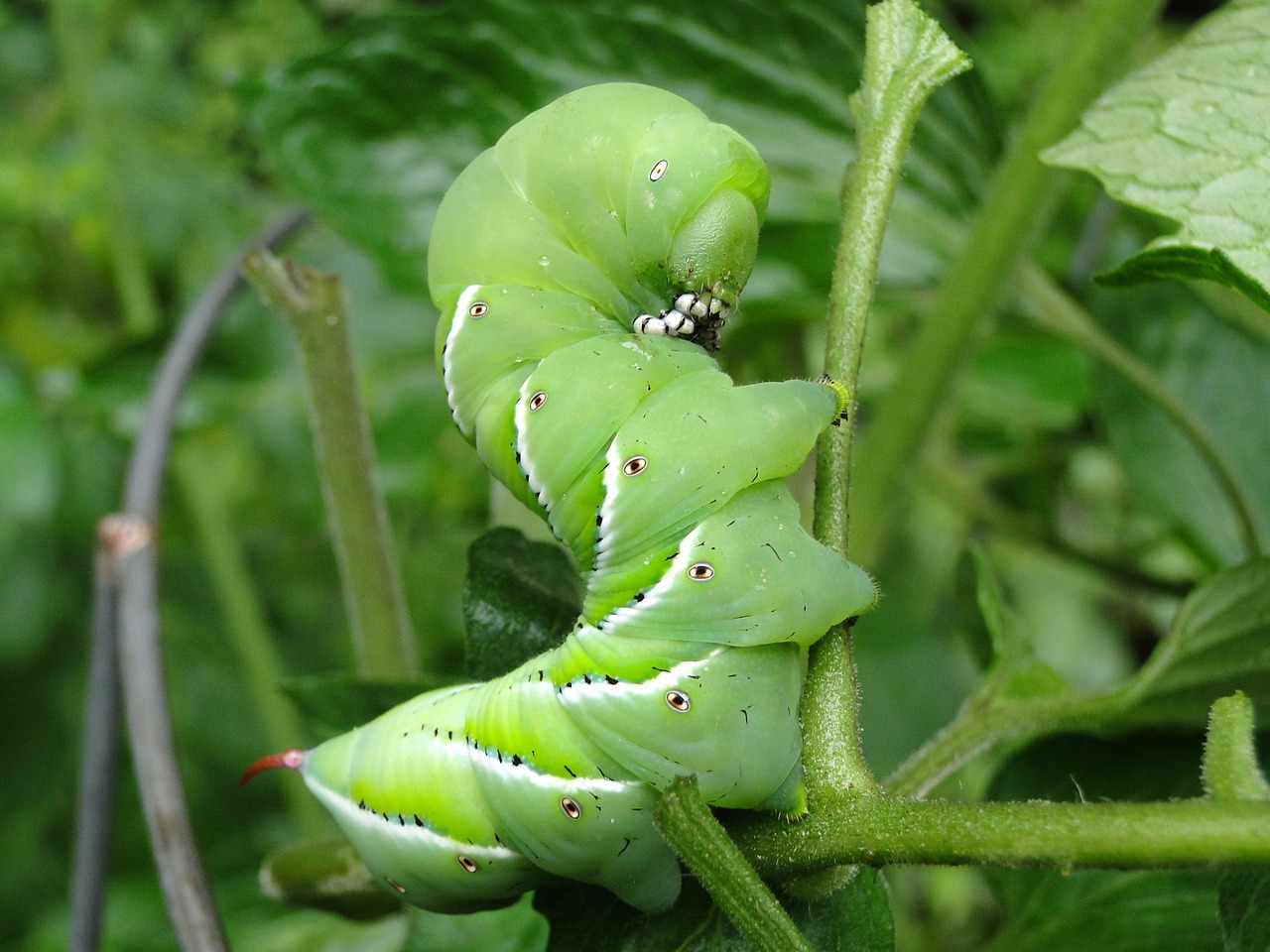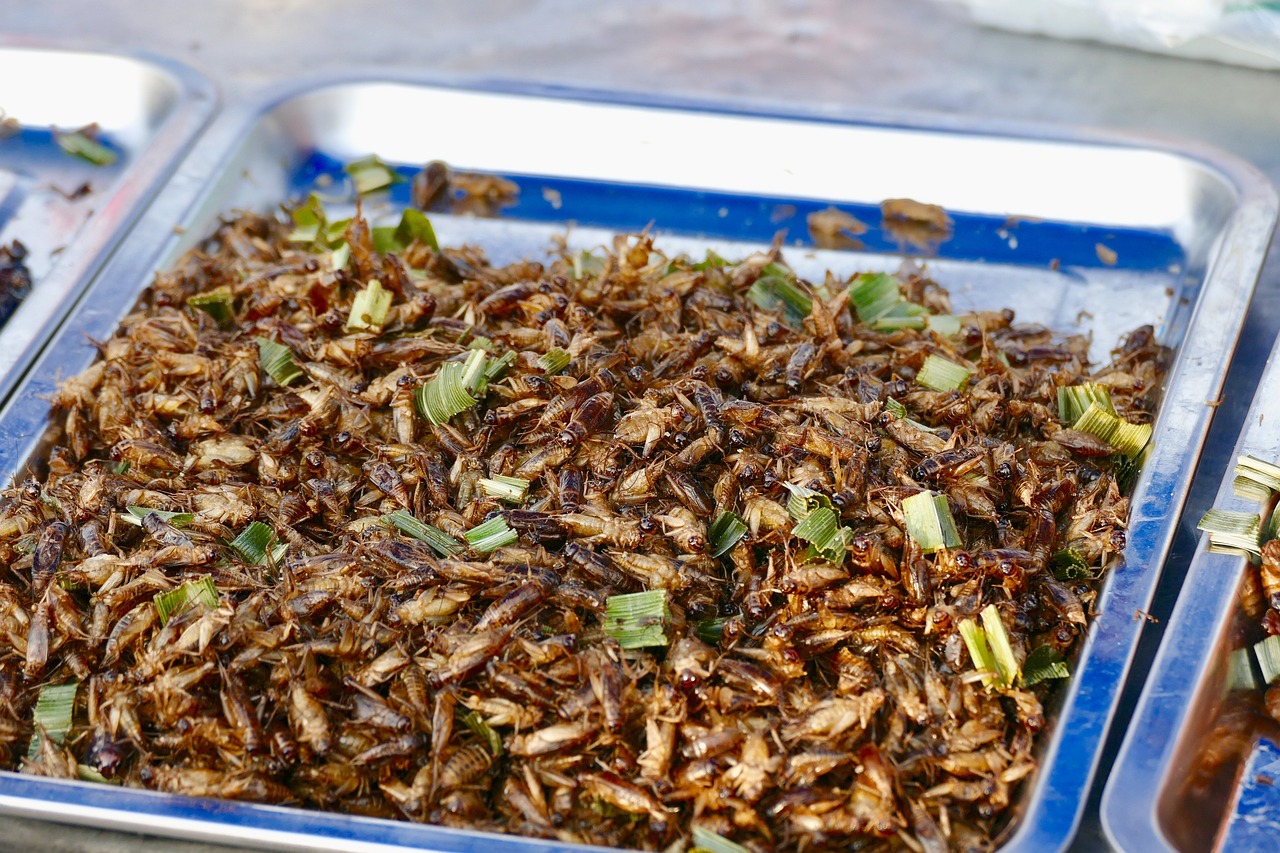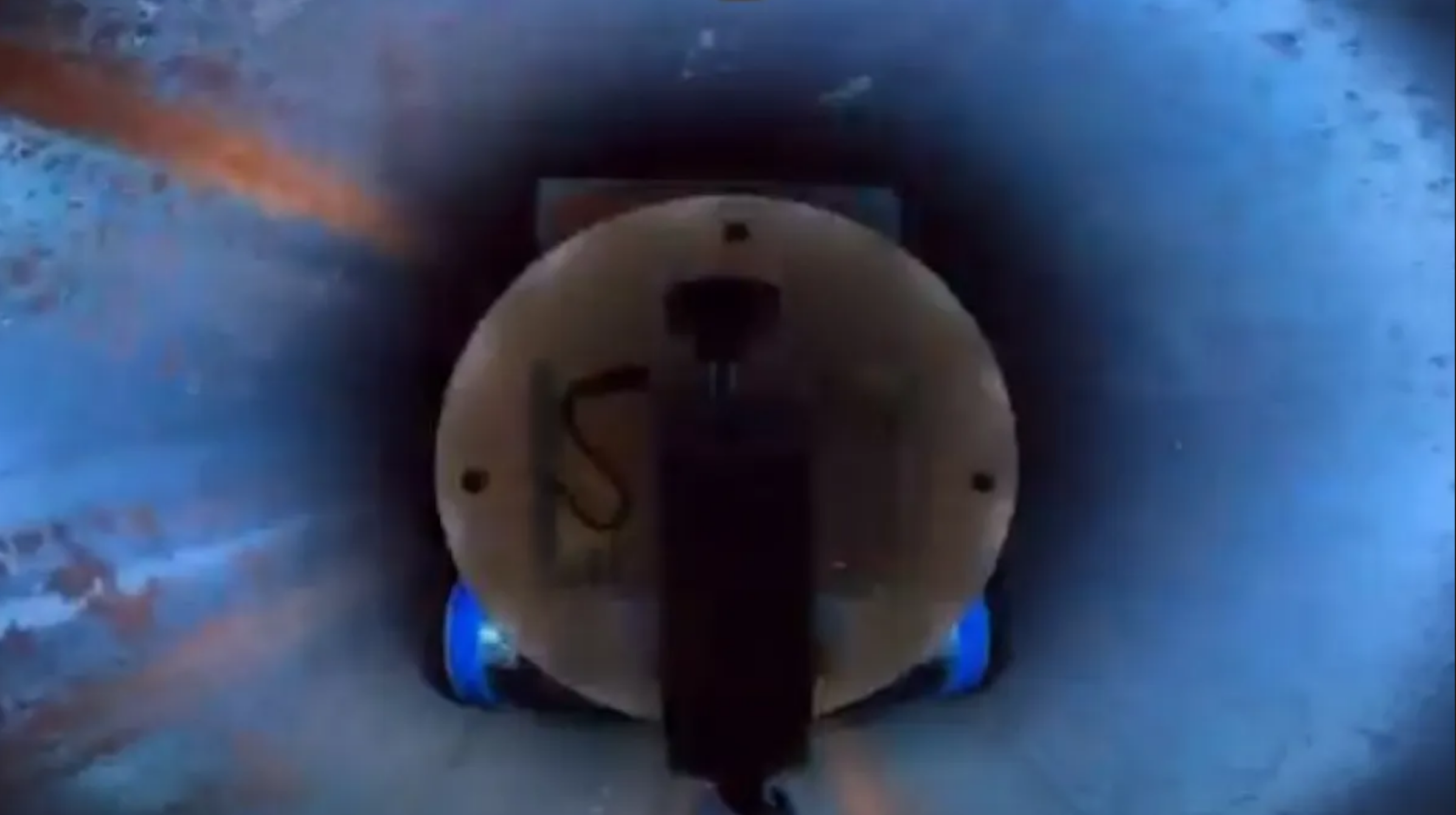When an injury occurs, the body naturally forms a blood clot to halt bleeding. However, the mechanism behind this process in insects, particularly caterpillars, has long puzzled scientists.
Unlike vertebrates, whose blood clotting mechanisms have been extensively studied, insects rely on hemolymph as their equivalent of blood. Hemolymph lacks components such as red blood cells, hemoglobin, and platelets. Instead, it utilizes hemocytes, cells akin to amoebas, for clotting and immune defense.
Insights into Caterpillars’ Swift Clotting Mechanism
Recently, researchers led by Dr. Konstantin Kornev, a professor at the Department of Materials Science and Engineering of Clemson University, have unraveled the step-by-step process of how hemolymph clots. This breakthrough could hold significant implications for human medicine, potentially leading to the development of blood thickeners to prevent clotting, aid in heart valve surgery recovery, or treat conditions like atrial fibrillation.
Scientists have uncovered the process by which caterpillars of the Carolina sphinx moth, known as tobacco hornworms, manage the feat of blood clotting.
“First, in a few seconds, their thin, water-like hemolymph becomes ‘viscoelastic’ or slimy, and the dripping hemolymph retracts back to the wound,” Kornev said. “Next, hemocytes aggregate, starting from the wound surface and moving up to embrace the coating hemolymph film that eventually becomes a crust sealing the wound.”
Potential Medical Innovations from Caterpillar’s Clotting Ability
Based on the observations made during the study, within the first approximately five seconds of flowing, the hemolymph exhibited behavior similar to water. However, within the subsequent 10 seconds, a notable transformation occurred: rather than breaking instantaneously, the hemolymph formed a long bridge behind the falling drop. Typically, bleeding ceased entirely after a duration of 60 to 90 seconds.
This rapid wound-healing process is crucial for a caterpillar’s survival. Excessive hemolymph loss could weaken the insect, and open wounds make them vulnerable to infections. By sealing the wound so quickly, caterpillars can continue feeding on leaves and thriving.
Scientists are intrigued by this amazing ability. Understanding how caterpillars achieve such rapid clotting could have fascinating applications in the medical field. Imagine developing new wound dressings or clotting agents inspired by these tiny creatures!







